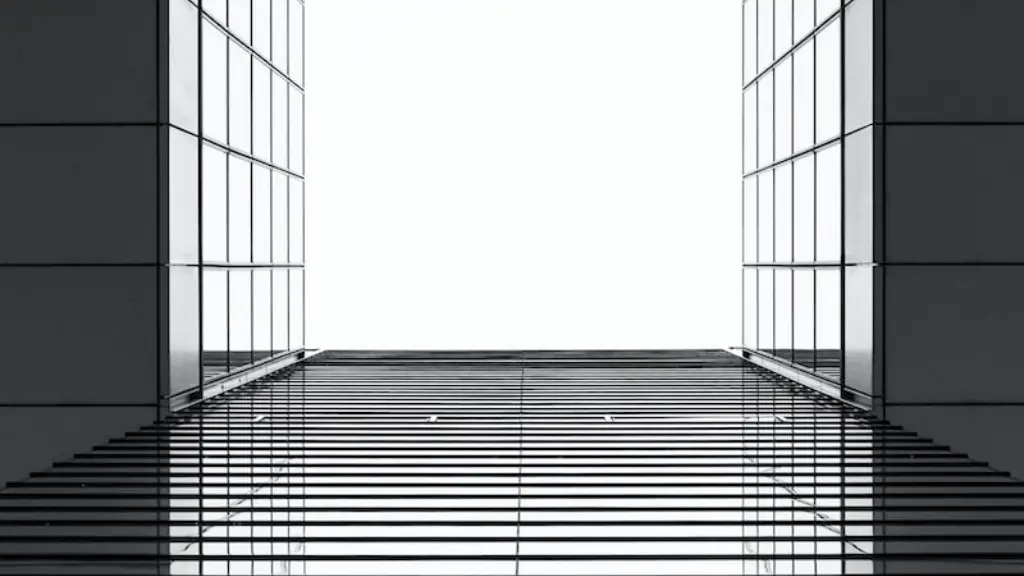General Considerations
A great façade is both aesthetically pleasing as well as structurally sound. It must be well-engineered, and designed with a number of factors in mind, from the environment and climate, to the type of building, its function and its available materials.
Before any construction begins, the architectural team must carefully consider the existing context of the building, and its relationship to the environment and citizenry. A building’s facade should make a statement, while still providing functional and appropriate services. Active design considerations include the size, shape and scale of the building, the alignment of its façade with the location, positioning in relation to the sun, protection from distractions and noise, accessibility and energy efficiency.
Materials and Finishes
A successful façade design often incorporates the use of multiple materials, which are chosen for their specific characteristics in order to achieve the desired outcome. Building materials should be chosen based on the climate of the location, as well as the thermal, structural and acoustic properties of the materials. Ceramics, glass, stone, bricks and concrete all provide unique benefits, depending on the context in which they are being used.
Coatings are also important to consider, as they can provide a range of benefits, such as thermal insulation, protection from the elements and protection from fire. In addition, coatings can also help reduce noise pollution, while adding to the aesthetic qualities of the building and providing an additional layer of insulation.
Glazing
Glazing is a key component of façade design, as it plays a major role in the overall look and feel of the building. The types of glazing used in a building’s façade are determined by the climate of the location and its use. Tinted and reflective glass can help reduce the heat gain of the building, while also providing a sense of privacy from the hustle and bustle of the streets. Types of glass include single-, double- and triple-glazed, as well as low-iron, low-E and laminated glass.
Lighting
Lighting is another important consideration for façade design. Natural light from the sun is beneficial for both practical and aesthetic reasons, while artificial lighting can be used to create a unique evening atmosphere. Careful consideration should be taken with how the building is lit, as glare can create a hazardous environment and cause discomfort to those in the surrounding area.
Green Facades
In some locations, green facades may be a requirement. Green facades provide an array of benefits, including control of temperature, privacy, acoustic control, and the attraction of wildlife. There are various types of green facades, including green walls and roofs, which can be planted with trees, shrubs and climbers.
Green facades can be a great way to create a sense of connection with nature, as well as a great way to improve air quality and insulation. In addition, green facades can also aid in management of storm water and absorption of carbon dioxide.
Maintenance
Maintenance is an important consideration for façade design, as a poorly maintained building façade can lead to issues with water infiltration, fire safety and energy efficiency. Regular inspections are essential to ensure the continued maintenance and safety of the building. Additionally, any aging parts or components should be replaced as soon as possible to prevent further damage or deterioration of the structure.
Urban Design
Modern architectural designs have a great impact on the urban landscape, and the design of a building’s façade should take careful consideration of the surrounding context. As such, the façade should not only be aesthetically pleasing, but also provide a safe and inviting environment for the community. The design should also take into consideration local regulations and current trends in urban architecture.
Reuse of Materials
The design of a façade should also consider the potential for recycling or reusing of existing materials. The reuse of materials can help reduce waste, while also helping to create a more sustainable and energy-efficient building.
Solar Shading
Solar shading is another important consideration when designing a façade. Solar shading can help reduce the heat gain of a building, while also creating a unique aesthetic. Solar shading can be achieved through the use of louvres, awnings and brises-soleil.
Façade Cladding and Rain Screens
Façade cladding and rain screens are essential components of façade design, providing a range of benefits, including protection from the elements, aesthetics, fire and acoustics. Using a range of materials, such as stone or metal, façade cladding can be used to create a unique look, while rain screens can provide additional protection from the elements and improve the overall energy efficiency of the building.
Acoustic Façades
In some locations, acoustic façades may be required to reduce noise pollution. Acoustic façades are designed to absorb sound, rather than reflect it. They can be used in conjunction with other components, such as glazing and cladding, to create a multi-layered façade which is effective in controlling the sound transmission.
Innovative Façade Systems
In recent years, there has been a great focus on developing innovative façade systems. These systems are designed to provide maximum energy efficiency, while also creating a unique aesthetic. They often incorporate the use of new materials and technologies, such as photovoltaics and automated shading.
Summary
The design of a building’s façade must take into account a number of factors and considerations to ensure it is both aesthetically pleasing and structurally sound. Materials, coatings, glazing and lighting should all be considered, as well as green facades, maintenance, urban design and reuse of materials. Additionally, effective solar shading, façade cladding and rain screens should also be incorporated, as well as acoustic façades, if required. Finally, innovative façade systems are also becoming increasingly popular due to their ability to provide maximum energy efficiency.



